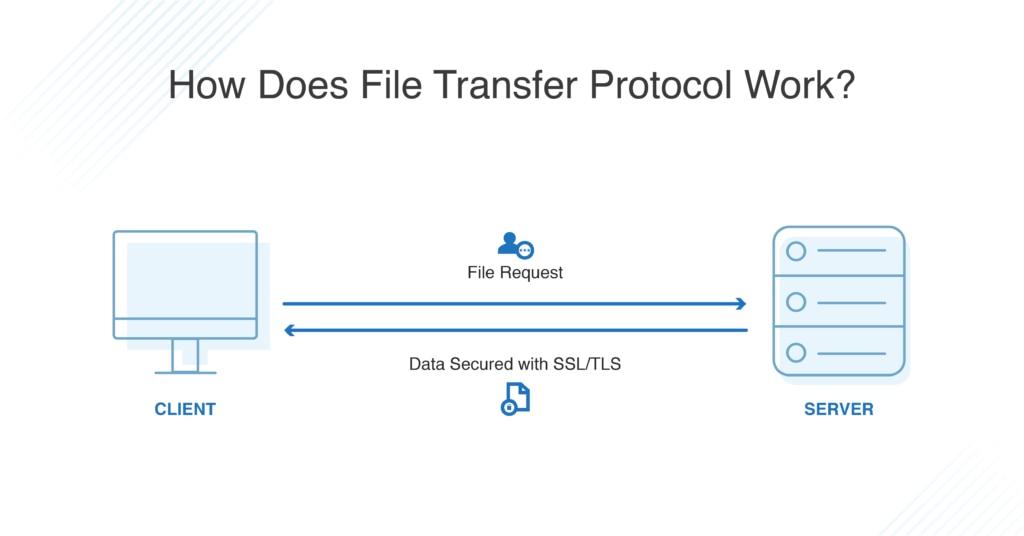
SFTP is better with firewallsįTPS can be painful to get working with firewalls. This means a decision can be made on purely technical grounds, and SFTP has at least two important technical advantages over FTP and FTPS. Now client- and server-software is widely available for both SFTP and FTPS - in fact many applications such as CompleteFTP support both. A few years ago, such a decision was not as straightforward, mainly because of the dominance of the FTP protocol in most organizations.

If a server-side solution is being implemented, it may be that clients are restricted to a particular protocol, and so no decision need be made.īut what if there are no initial constraints on which protocol that could be used? Is there a clear winner? SFTP - a clear winner Project requirements may also dictate the protocol. Similarly, if FTP and/or FTPS is already used elsewhere, it may be best to use FTPS. Existing knowledge and skills within the organization can be leveraged, as well as technical infrastructure. If SFTP and/or SSH is already used in other areas of an organization, it is prudent to use SFTP. FTPS v SFTPĮxisting usage is naturally an important consideration. They are, however, completely different protocols, and people implementing a secure file transfer solution will need to decide which protocol (FTPS vs SFTP) to use. Essentially, both protocols achieve exactly the same thing - secure file transfer and secure, remote manipulation of file-systems. Previous posts have explained how FTPS and SFTP work. SSH is used to secure the connection, and SFTP provides the file transfer commands. SSH File Transfer Protocol or SFTP is a completely different protocol to FTP, and runs over the SSH (Secure SHell) protocol. TLS, or Transport Layer Security, is a revised version of SSL. FTPS is often described as FTP over SSL (or FTP over TLS), where SSL is the Secure Sockets Layer. FTPSįTPS, defined in RFC 4217, is the standard FTP protocol transmitted over secure connections. If file transfers are to be secure, there are basically two alternatives: FTPS and SFTP. This means FTP is no longer appropriate for corporate needs.

And if the Internet is being used, in practical terms that means almost everyone.

Anyone who can sniff the packets can read what is being sent. Almost every organization with an IT infrastructure has used FTP to a greater or lesser extent.īut there is a critical security issue: FTP transfers passwords, commands and file contents in plain text. The File Transfer Protocol (FTP) has been used widely around the world for transferring files across networks, especially the Internet. In this article we outline the FTP/FTPS and SFTP protocols as well as comparing FTPS vs SFTP.


 0 kommentar(er)
0 kommentar(er)
